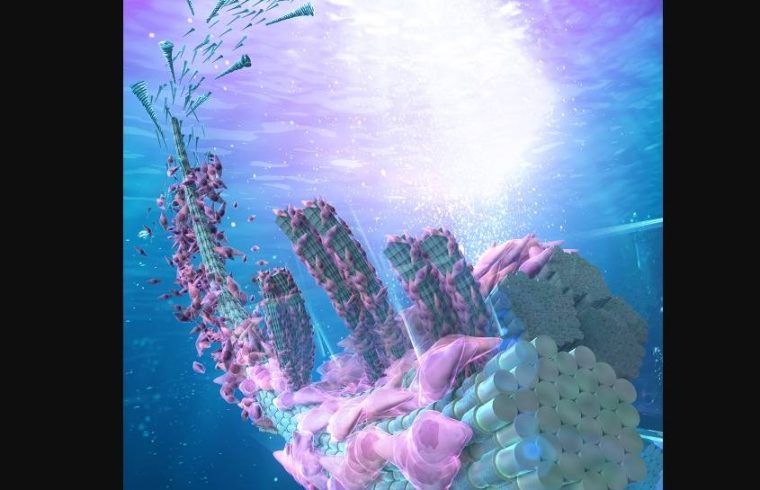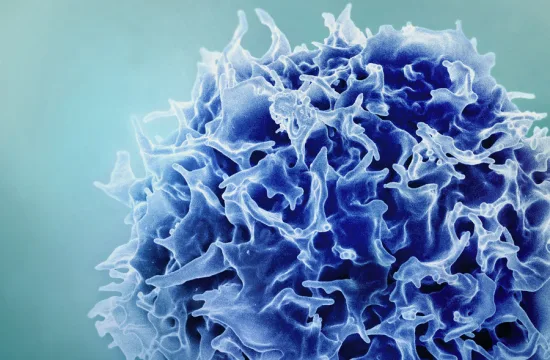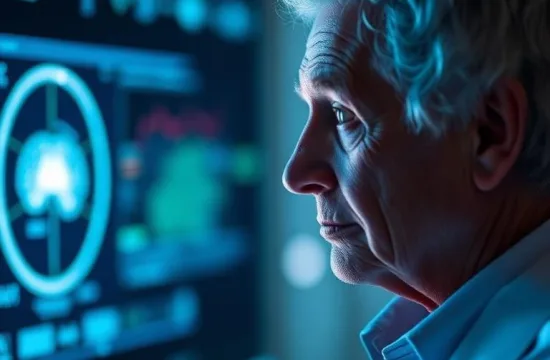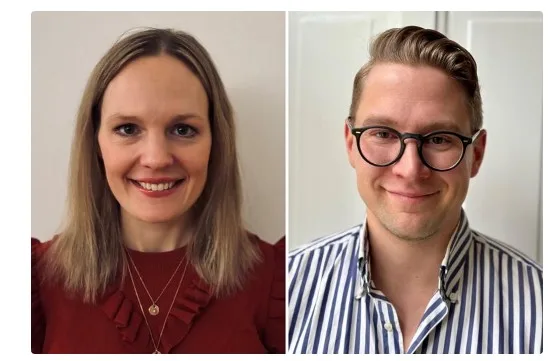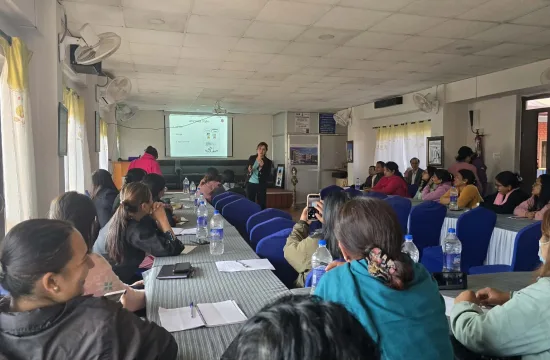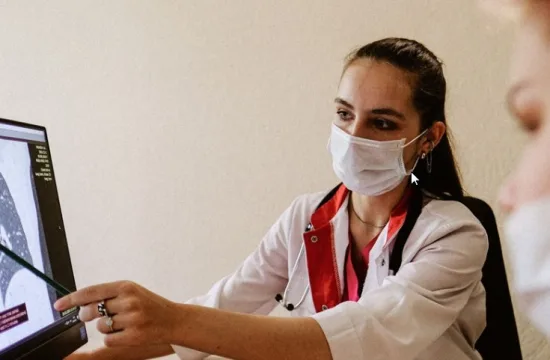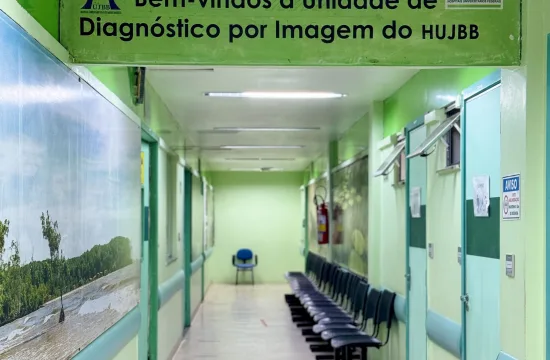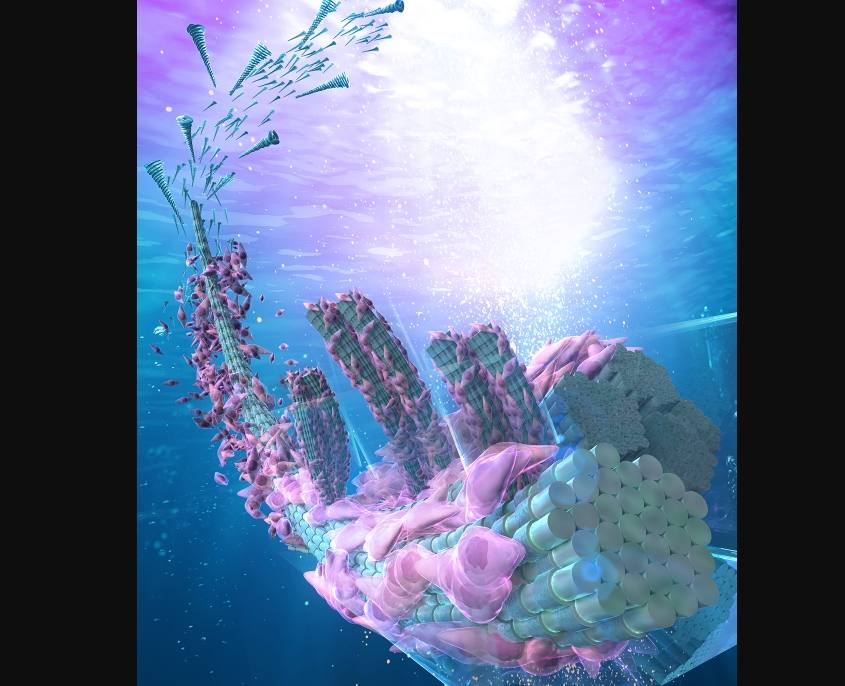
Researchers have developed a method to fabricate complex oriented tissues with multiple directionality using fluidic devices and 3D printing. They look into the mechanism of orientation within collagen to elucidate some of the lesser-known aspects of this protein and how it can be used in future applications.
Collagen, a prevalent and predominant part of the structure of bodies, still has some mystique surrounding the finer aspects of its existence. The body is full of complexity and reasons for complexity, even when it comes down to the most minute details, such as the orientation of collagen structures within tissues.
It helps to give structure, stability, and mechanical strength to our tissues, which is a useful thing to be able to model and visualize. Although a few methods already exist that can do this, none are as precise as needed, nor do they keep cost-effectiveness or safety in mind.
“By using a technique that uses flow to orient collagen fibers and cells, it is possible to fabricate complex oriented tissues with multiple directions in flow channels constructed using a 3D printer,” said Kazutoshi Iijima, associate professor at YOKOHAMA National University and author of this study.
Among the existing methods, both magnetic alignment and electrospinning present challenges: magnetic beads can remain in the model for magnetic alignment, while electrospinning requires a volatile organic solvent.
In this model, there is no need for magnetic beads or volatile chemicals, only collagen. However, the challenge remained: mimicking complex oriented structures, as found in the skin dermis or skull bone.
Researchers found that using a technique that utilizes flow to orient these collagen fibers and cells, a complex oriented tissue, such as that found in the skin dermis or skull bones, can be fabricated using a 3D printer.
The importance of the orientation of the collagen bundles is its ability to affect the behavior and function of the cell, so having the correct orientation for the tissue is key to its proper function.
The researchers used a type 1 collagen solution mixed with cells in a fluidic channel (a passageway or channel designed to steer the flow of fluids, usually on a micro-scale), using a master mold that has been 3D printed.
Using these conditions, researchers were able to develop the model of this study that is capable of achieving a fine, micro-oriented structure in both horizontal and vertical directions for multi-directionally oriented tissues.
This was achieved by intentionally guiding the flow along the collagen structures to orient the fibers, fibrils, and fibroblasts as desired. The control over the size and direction of the oriented collagen hydrogels gives way to accurate fine tissue fabrication, an area in which this type of fabrication technology has always lacked.
“This system will lead to the customization of tissue-specific models using fine, multidirectionally oriented biomaterial scaffolds for the preparation of various oriented biological tissues,” said Shoji Maruo, author of the study and professor at YOKOHAMA National University.
What lies ahead for this technology and research is further development of tissue models that can further illuminate the importance of functionality that orientation brings. Researchers hope to be able to apply this method for transplantation and in vitro tissue models in the future.
Results of the study were published in ACS Biomaterials Science and Engineering on May 12, 2025.

